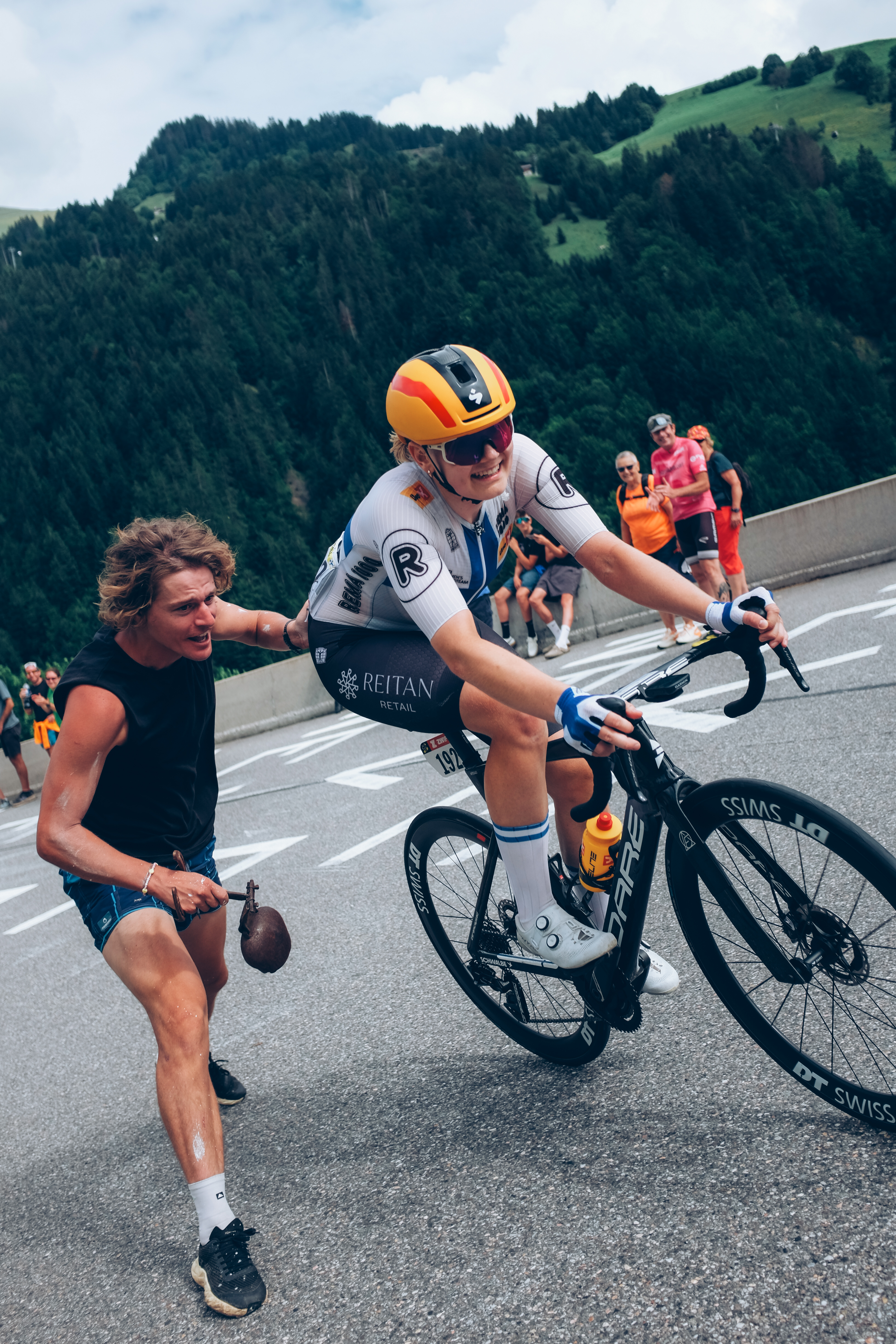PATRICK FURTER: A time for JPEG, and a time for RAW
Ever since I migrated from being a film photographer to a digital photographer, I have always been a ‘just shoot Jpeg’ guy. My reasoning behind this has been really simple: You find a camera that will be able to tell your story the way you see it.
In the time of film cameras, there was a reason why you purchased a specific film. You bought the correct type of film for the project you will be working on. Whereas now, with digital cameras, RAW files and design suites, you can do just about everything with an image. On the other hand, I still try to get the best straight-out-of-camera with minimal post production. And that is specifically why the Fujifilm X-series is the perfect tool for my trade.
That said, a few months ago, I was really out of my depth. For the first time in my digital career, the project I was commissioned for dictated that I shoot in RAW. The client’s brief was simple: It is all about the trucks. They wanted a clean, dramatic look.
The truck yard was packed with almost 60 trucks and was a bustle of activity. This made the clean look that the client wanted a little challenging, but with RAW you can cheat almost anything, and that was my aim.
I started at 04:30 in the morning and did a few exposures per set up. The clouds and the sun rising changed so quickly, luckily I knew shooting various exposures would enable my image editor to create the perfect image in post.
However, some of my favourite images were taken while the trucks were being moved to other locations. There was very little time – with the trucks being driven around the yard and parked, I took the shots while this was happening. The focus on my X-T3 was fast and I could adapt my settings quickly through the electronic viewfinder. One shot and it was perfect.
Away from the project, if I may speak my mind. When your aim is to get what you see and to be timeless and true, put your effort into knowing your camera, learning its strong points and trusting it, like I do my X-T3. Work on your skills to capture the right moments, and get to the point where composition and seeing light comes naturally. This is where the Fujifilm systems will help you excel – you get on the spot gratification.
However, if your camera is just a tool to capture an average moment for you, to then put your editing skills to work in post-production, I feel you can use anything that will give you loads of pixels.
The other great thing about Fujifilm is that you can move between the majority of the Fujifilm systems effortlessly. Their menus and features are easy and simple to figure out and the support and customer care provided by Fujifilm South Africa is of the best I’ve come across.
Find more of Patrick’s work here:
Website: https://patrickfurter.co.za/
Instagram: https://www.instagram.com/patrickfurter_thestudio/





